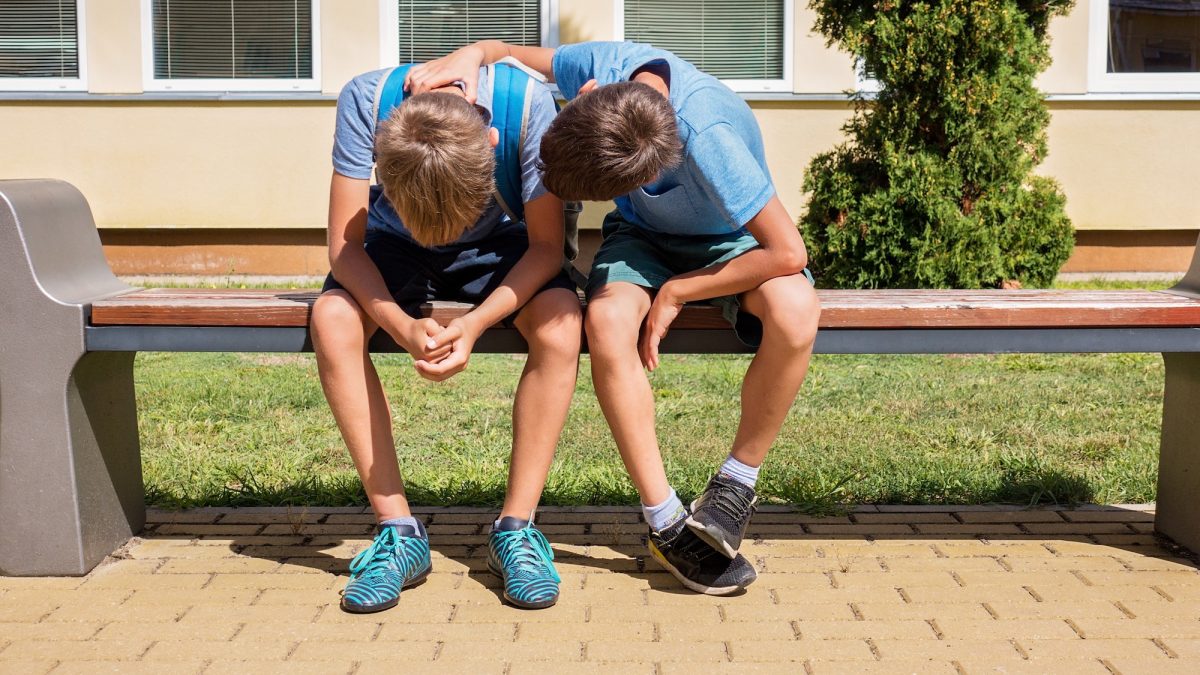Strengthen Empathy
{A Written Practice}
Strengthen Empathy
Confronting Systemic Failure of Empathy
How do we strengthen empathy? Through relationships with people who are different than we are. By overcoming our narcissism. By learning that other people are as real as we are. We are so attached to our point of view. To the way we see things. To our interpretation of events. We make up a story, and we cling to it. And the more we are around people like us, people who confirm our interpretation of events, the more we find ourselves in an echo chamber, simply reinforcing what we already believe. How boring.
There isn’t only one truth. It’s like the story about the blind men and the elephant. This one touches a leg, and declares that an elephant is like a tree. This one touches the tail, and declares that an elephant is like branch, whipped by the wind. Another touches the trunk… Each of us is getting just a fraction of the whole. Building empathy is our willingness to stand in the shoes of someone else, and imagine how it looks and feels to them. To be genuinely interested in their experience– not for the sake of changing it, but simply to be able to be present with them, to understand what it is like from their perspective.
If we really, deeply understood what it was like for our brothers and sisters, the members of our human family, if we really believed that each of us was equally real, we would behave differently. It is simply that we are constrained by our perspective. We don’t take a broader view. We exclude people from our sphere of concern because we Other them. We make them into ‘those people,’ and this allows us to ignore their needs. But there are no Others. To make people Others is to refuse to know parts of ourselves, because we are one single human family inter-being. If we do not know peace, it is because we have forgotten that we belong to each other.
As a white man, I notice that in my interactions with people of color, I have been socialized to be less empathetic. I find it painful and shameful to notice this about myself, but when I notice it–and I have to notice it to do anything about it–I can ask myself what is happening. If a black woman colleague is telling a story about suffering, I can ask myself what part of me is needing to assert that she’s a strong sister. Why is that what I’m focused on, rather than her suffering? Why do I congratulate her for her resilience, rather than empathize with the difficulty? What part of the story do I focus on so that I don’t feel implicated, so that I don’t connect?
When a person of color talks to me about watching friends go to jail, why doesn’t that upset me deeply? There is a conscious substitution I still have to do sometimes, something akin to method acting, in order to have appropriate responses. I have to imagine that it is happening to me, or my family, or my friends. When I first began engaging anti-racist work, before I had a multi-cultural community of friends, I would have to imagine specific friends of mine being sent to jail for a crime that they didn’t commit. As a white man doing this, at first, it felt so strange. And even in that there was something damning, because I knew that my white friends weren’t going to get sent to jail for something they didn’t do. But only when I imagined that happening, and imagined the distress I would feel, did I have an appropriate emotional response to what I was being told. The simple fact is that obstacles communities of color face on the daily would be resolved instantly if they afflicted the white community. This is how deeply our collective empathy fails.
Sometimes people get confused about the difference between sympathy and empathy. Brené Brown explains that here.
Related Practices:
See Build Friendships with People who are Different than You. See Feel Your Feelings. See Talk to Folks You Ordinarily Don't. See Relating Across Difference, Common Ways of Disconnecting, Relational Mindfulness, Reflective Listening, and our film The Space Between Us and our film An Unfinished Conversation about Race.Photography: | Licensed from Pexels.com, used with permission.


